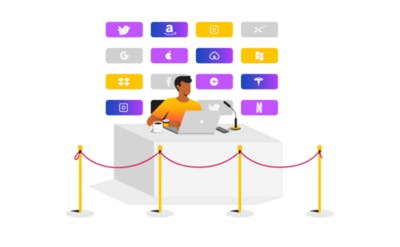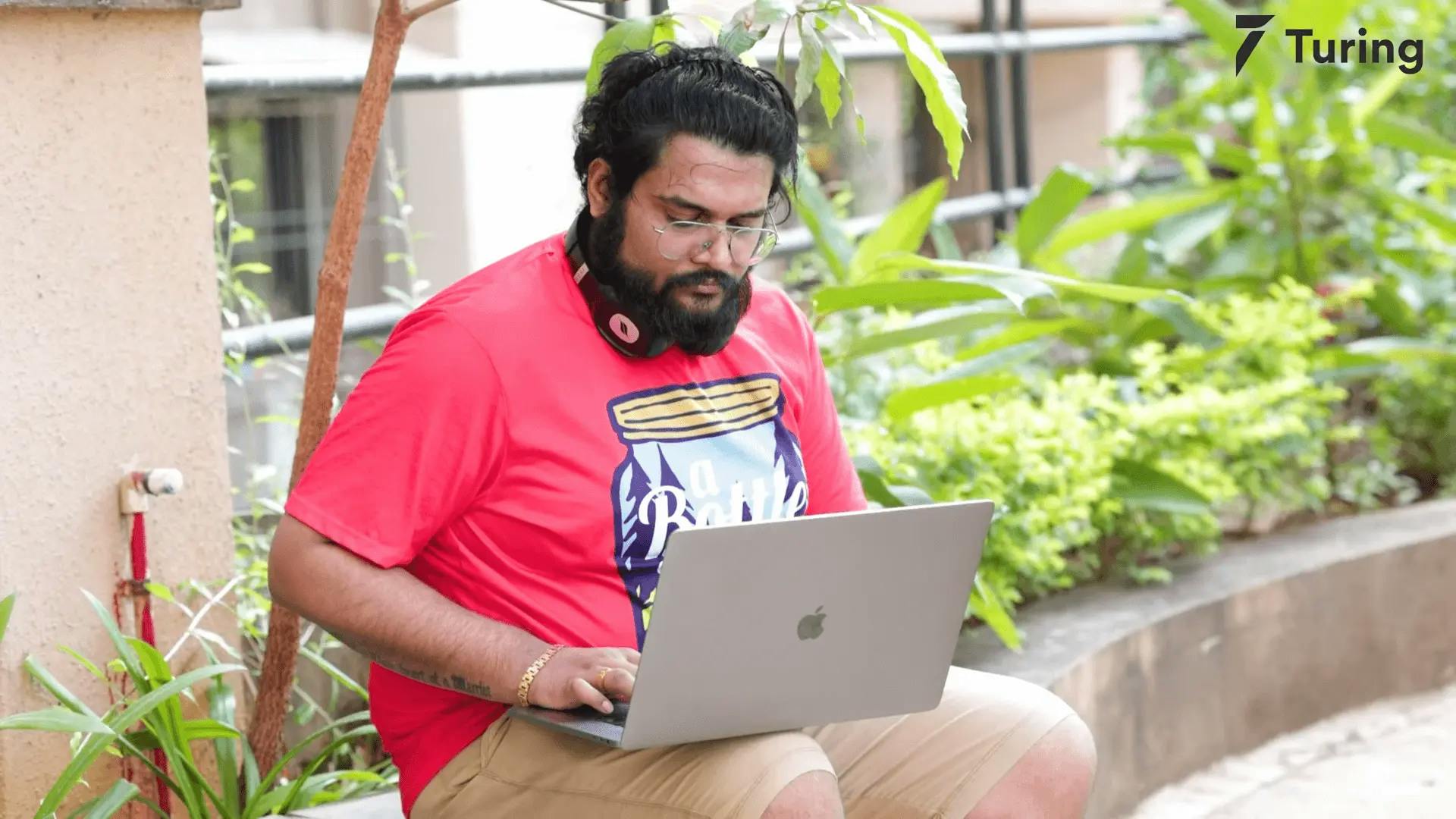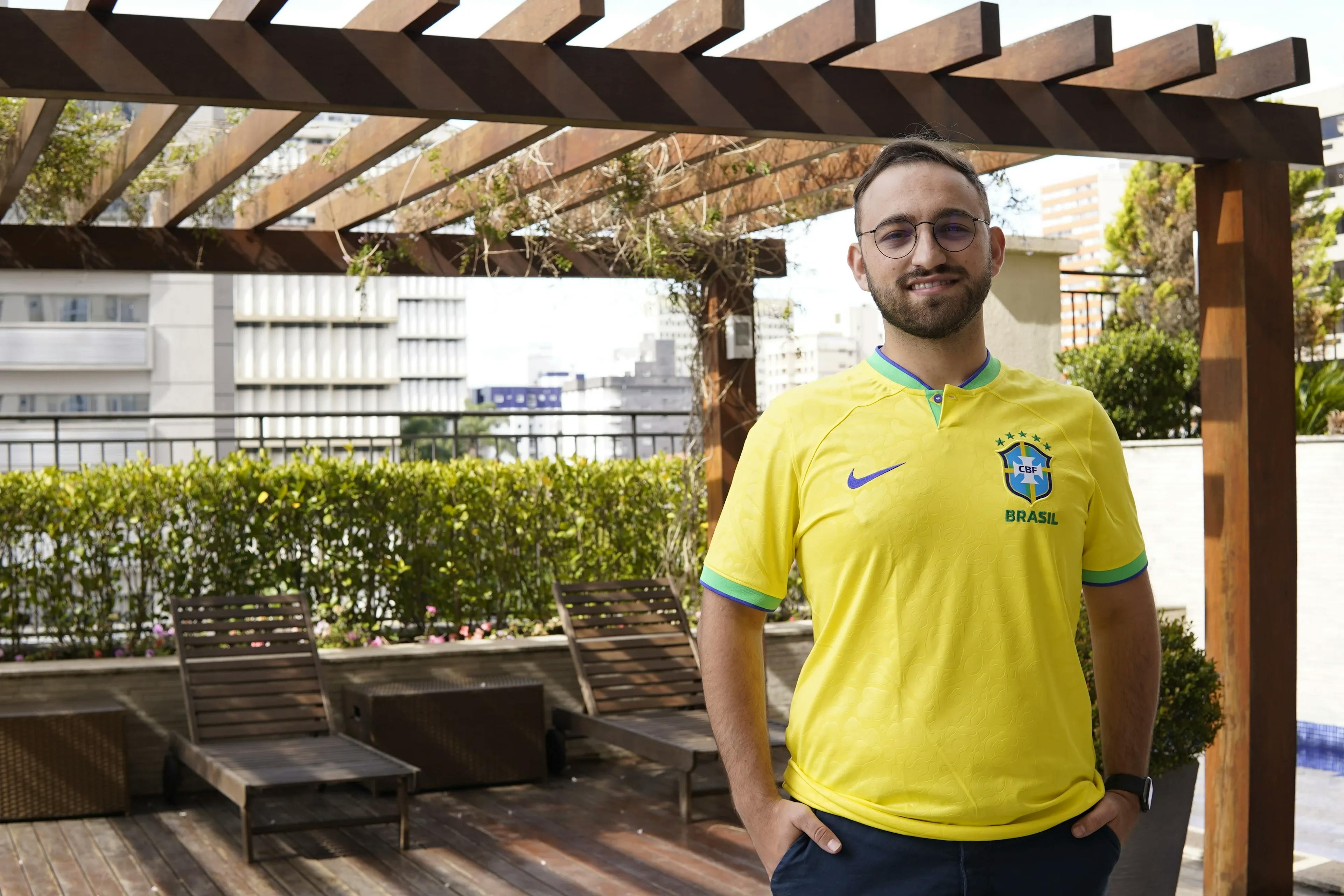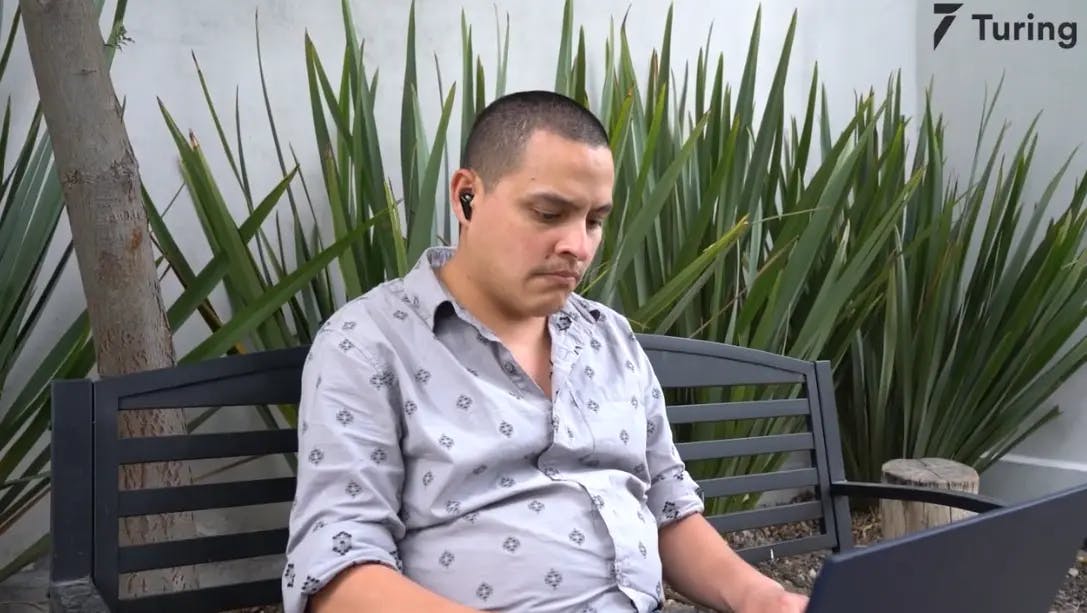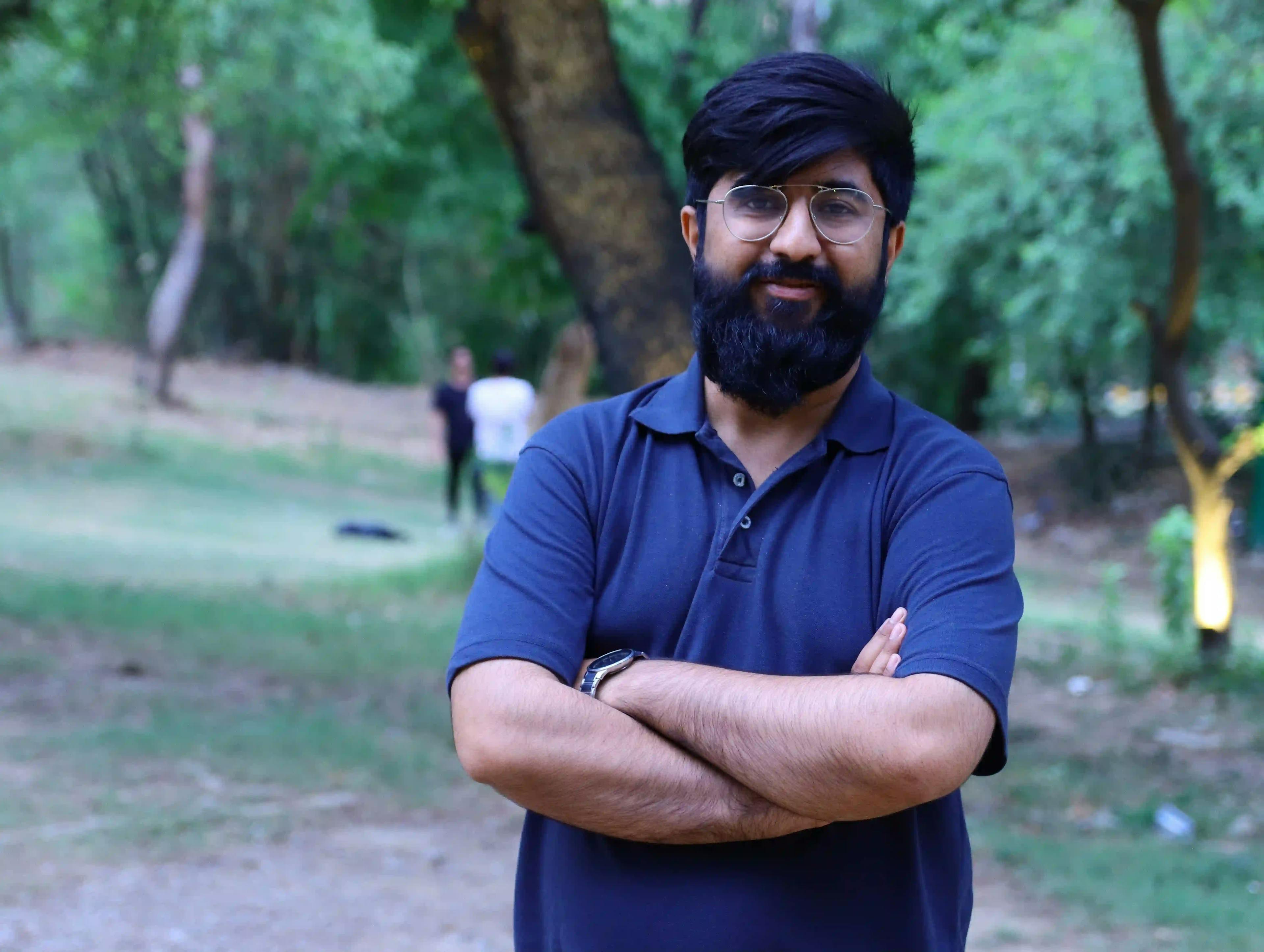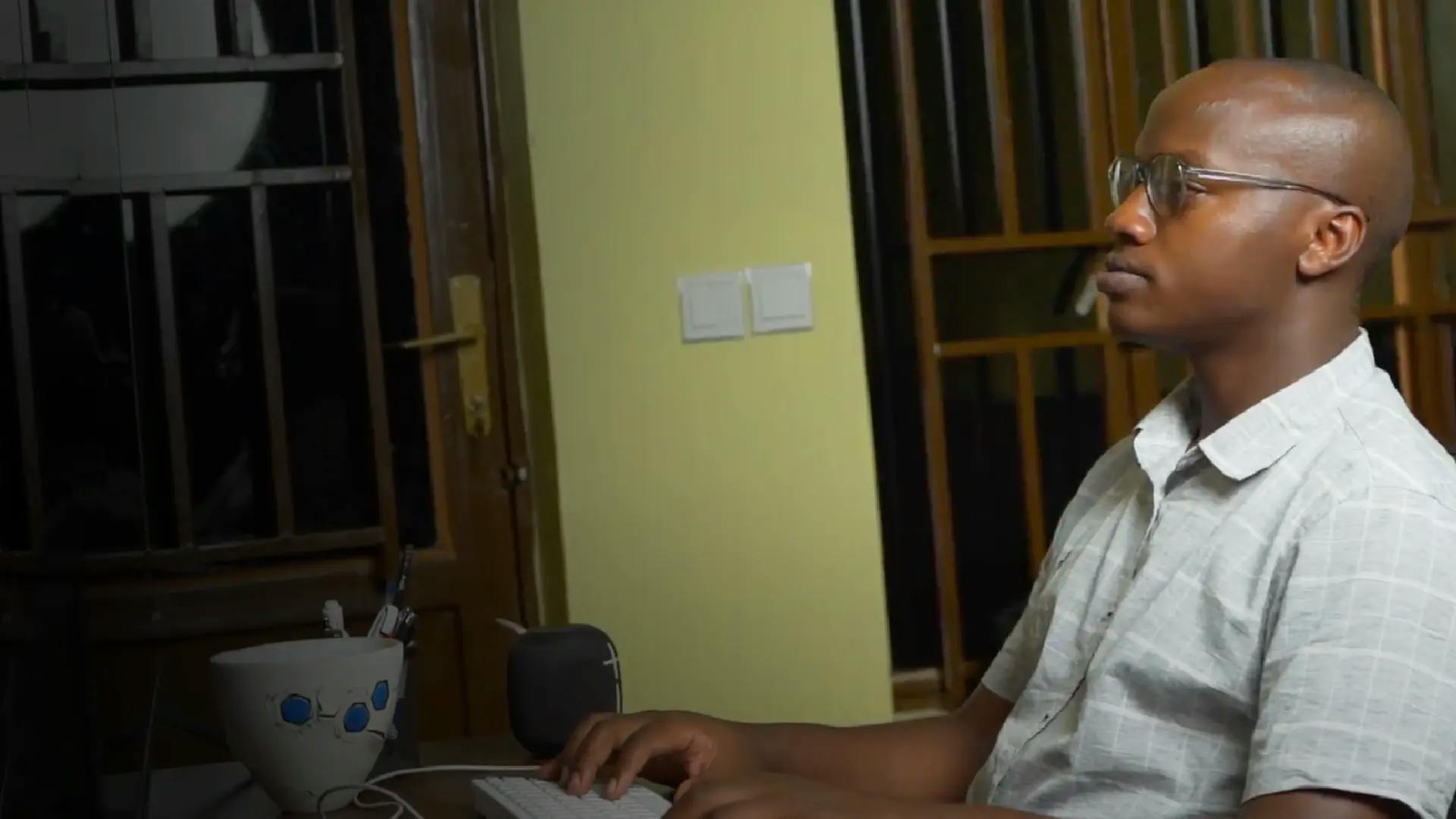If you're a brilliant Ruby developer searching for work in Silicon Valley or the United States, you must understand the importance of a strong CV.
Your qualifications are drawn to the notice of potential hiring managers and employers by a well-written Ruby developer resume. Recruiters will examine and appraise you through this window, as it is the first point of contact for them. And we're all aware of the importance of first impressions. Isn't that correct?
So, how do you make a résumé if you don't already have one?
This post is an attempt by the Turing team to assist you in constructing a good resume and obtaining the top remote Ruby developer job. Here are a few things to keep in mind while creating a fantastic Ruby developer resume.
1. Get right to the point
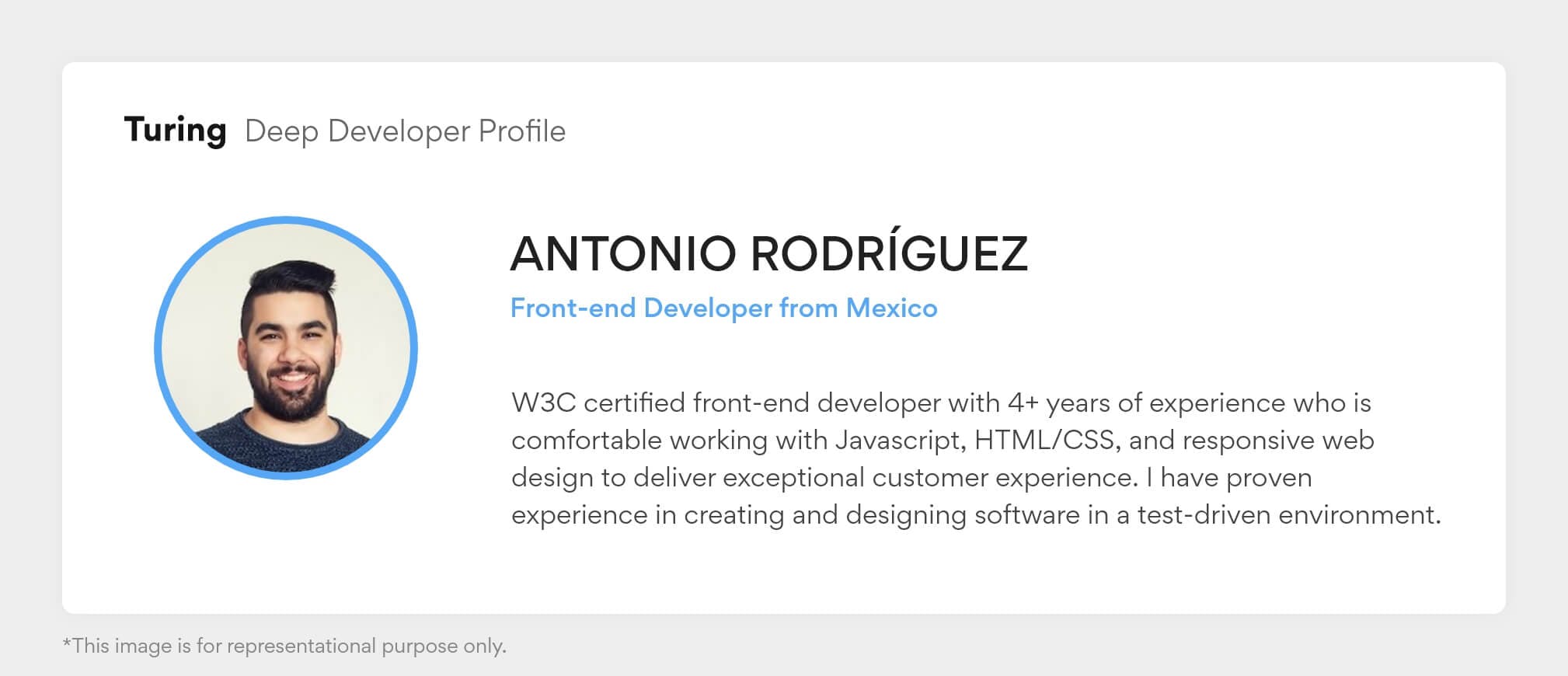
Make sure your Ruby developer resume meets the right goals before you start writing. The ideal place to start is just after your name, email address, and phone number, which should all be written in large characters. Make it simple for recruiters to get in touch with you to set up an interview.
Remember to include the keywords that best describe Ruby developers' most critical skills, as well as a brief explanation of any relevant Ruby projects you've worked on. This will make your resume stand out from the crowd and boost your chances of getting an interview call.
2. Consider your Ruby developer resume to be a story
Your Ruby developer resume is a mini-biography of yourself and your company's accomplishments. Stories take us on a journey and tell us things in such a manner that they pique our interest. So, if you're writing a Ruby developer resume, remember that you're telling a story about yourself.
3. Make your Ruby developer resume stand out with a catchy title
Make sure you have a headline for your resume that clearly displays your designation and years of experience before delving into the details of your job experience and educational qualifications. 'Ruby developer with 5 years of experience at top MNCs,' for example.
This is going to be the most important part of your Ruby developer resume.
4. Select a format for your Ruby developer resume
The reverse chronological sequence is the most common and extensively used structure for drafting a resume, in which you start with your most recent job experience and work your way back through all of your former employment. However, if you want to focus on displaying your talents and tech stack, the functional style is a good option. If there have been any gaps in employment, use the functional format.
You may also choose a hybrid format, which combines chronological and functional elements and allows you to highlight your most significant abilities and excellent job achievements.
5. Give a thorough timeline of your Ruby development experience
This is the most important section of your resume. Mention how your prior organizations’ key successes helped you grow and thrive in your profession. Demonstrate how your effort saved the firm time and generated more income. These are critical considerations that will never be disregarded.
Create your resume and get a job on Turing
Build the best Ruby developer resume with Turing's Deep Developer Profile
6. Showcase your major Ruby programming skills
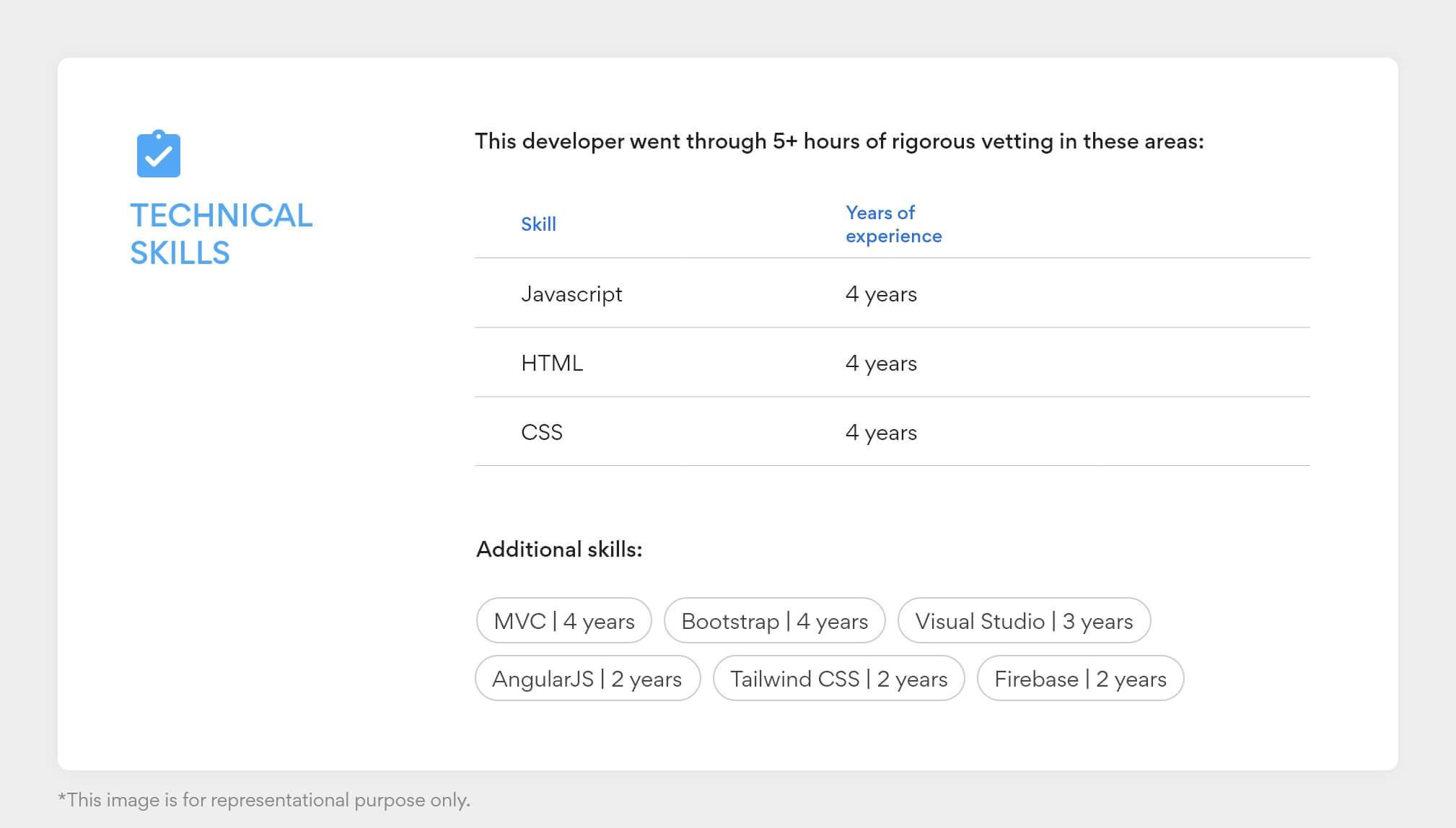
This section will include the abilities in which you excel. Demonstrate your key talents in each of the skills you'll discuss. To capture recruiters' narrow focus, display them point by point and add icons. Write a few paragraphs explaining how your knowledge of a certain ability helped your prior employers find a solution to their problems. Splitting your talents into primary and secondary skills (primary skills being your area of expertise/specialization and secondary skills being skills you have some experience working on) can assist hiring managers get a good picture of your strong areas and areas you have a good understanding of.
In order to acquire a decent Ruby developer job, you should have the following Ruby developer skills on your resume:
- Front-end development
- Database skills
- MVC Framework
- Tools handling skills
- Validation and testing skills
- OOP programming
- Syntax
- API + JSON
- REST and HTTP protocol
- Git
7. Discuss your academic achievements
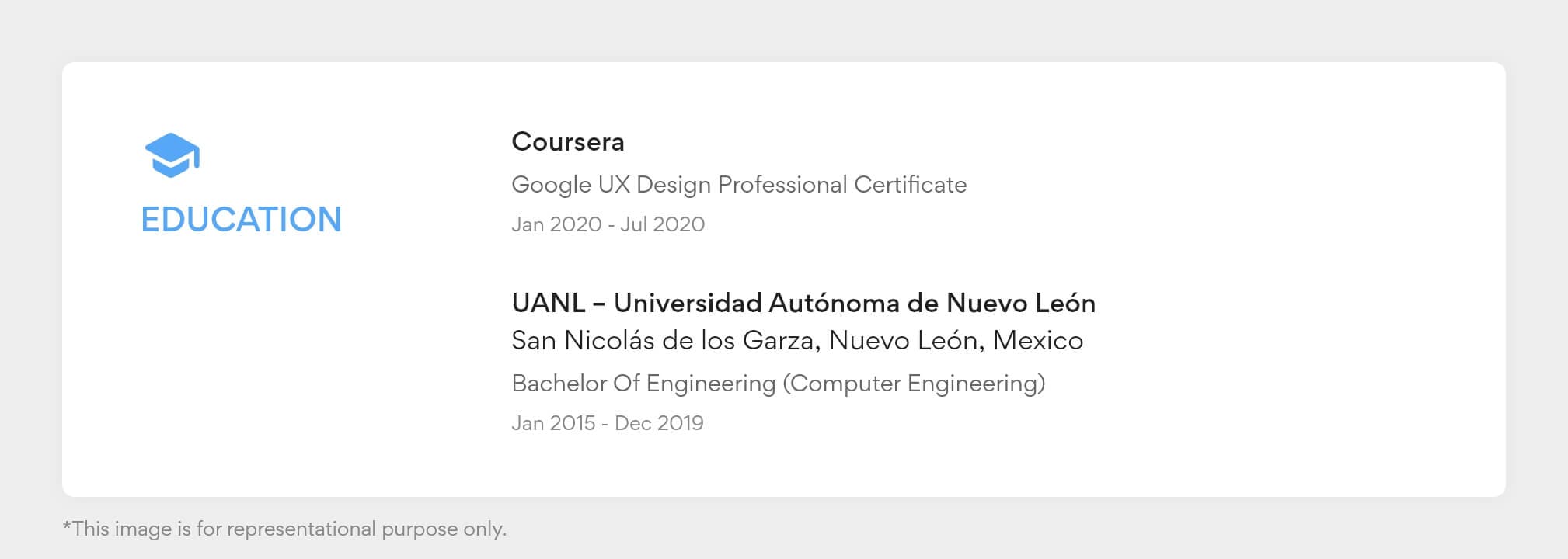
In a table, include your educational history, the institutes you attended, the grades you received, any other credentials you have, and so on. This will allow the recruiting manager/employer to rapidly review your educational history and have a better understanding of you.
8. Quantify your CV to provide extra details about your job
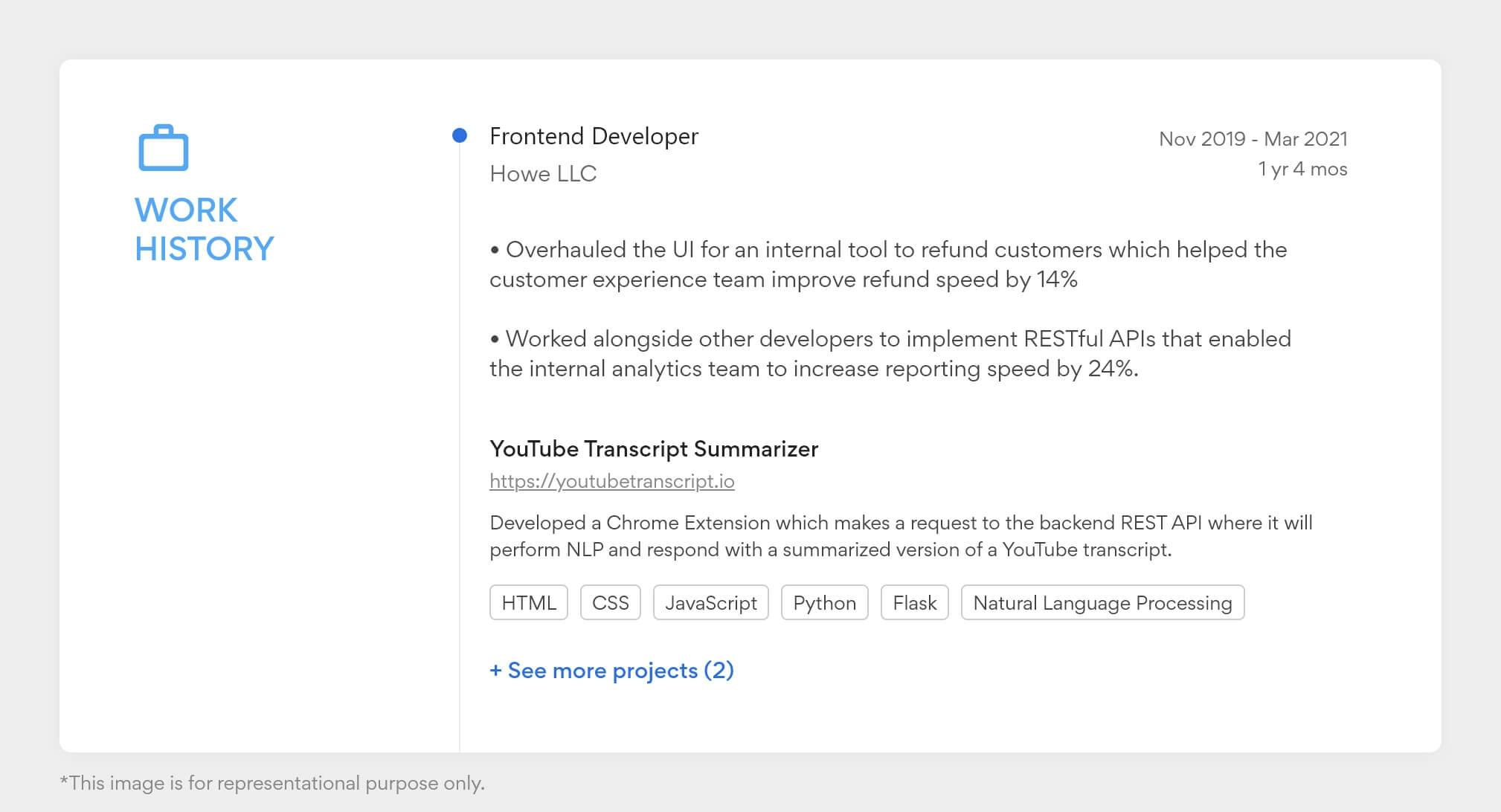
Giving potential employers reliable data may make a big difference and increase your chances of getting hired. In your resume, if you can answer "How much?" or "How many?" you should include that amount. Don't forget to add all of your own successes and awards. If your side project illustrates your expertise, use it as a selling point. Also, make sure your resume is concise, accurate, and no longer than two pages.
9. Keywords and proper grammar should be used to optimize your resume
As simple as it may seem, proper English and grammar, as well as the right keywords, are essential. Your Ruby developer resume might be listed in the top search results on search engines if you use relevant and optimized keywords in your headline, subheads, and text.
To assist potential employers consider you as the appropriate complement to their team, use the following keywords:
10. Make a short video summarizing your resume
Although it may appear to be an extra step, making a little video of approximately a minute or two highlighting your abilities, experience, accomplishments, and credentials will offer you an advantage over hundreds of rivals.
Create your resume and get a job on Turing
Build the best Ruby developer resume with Turing's Deep Developer Profile
